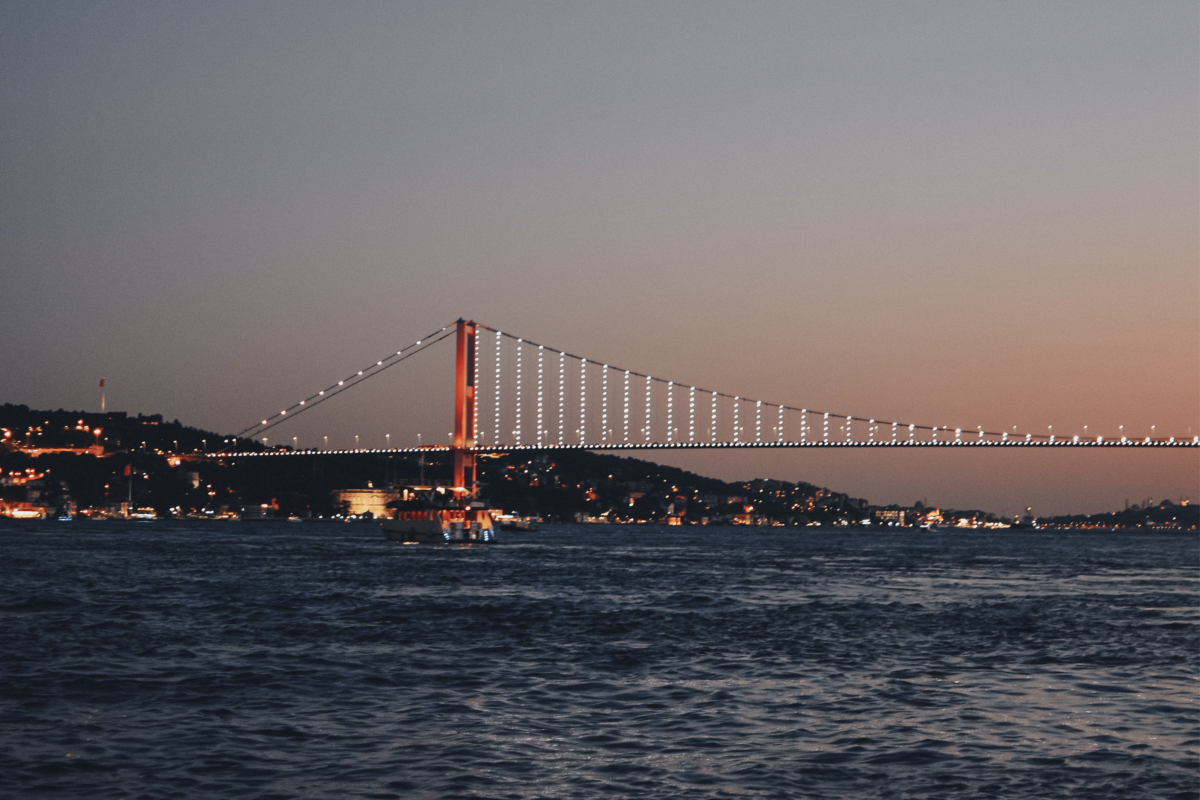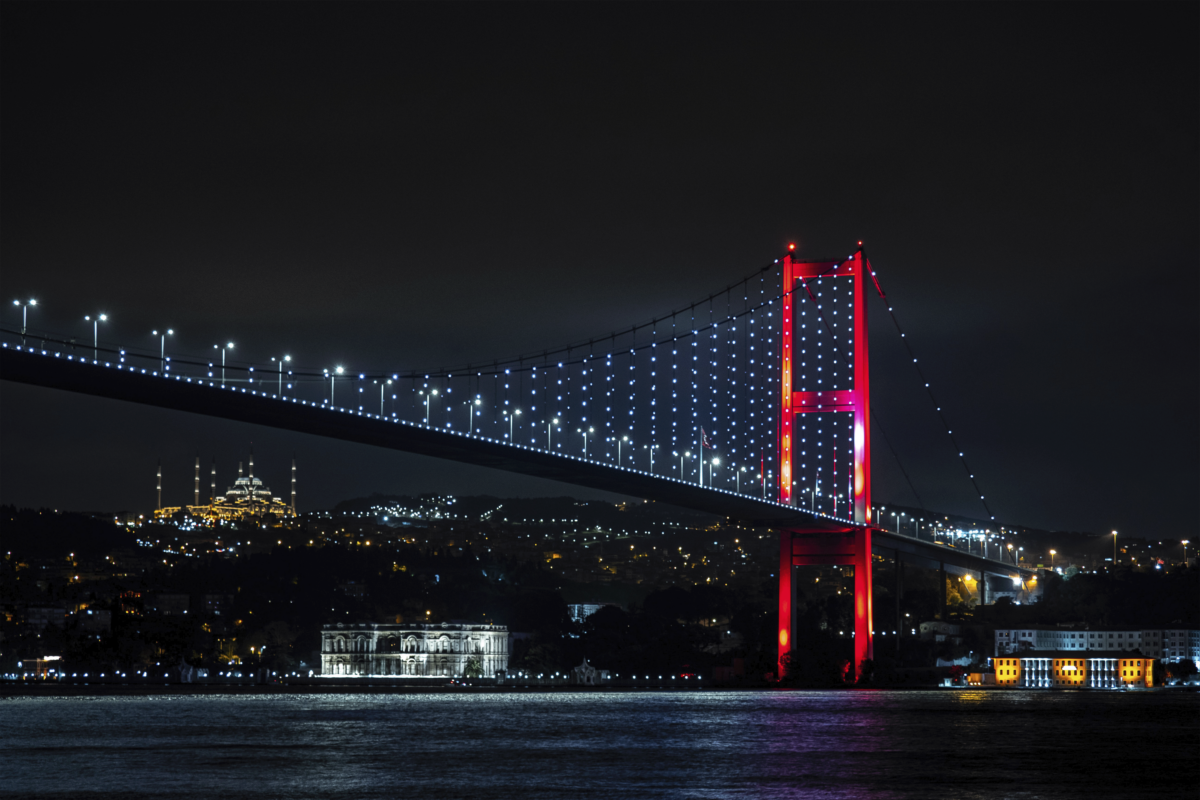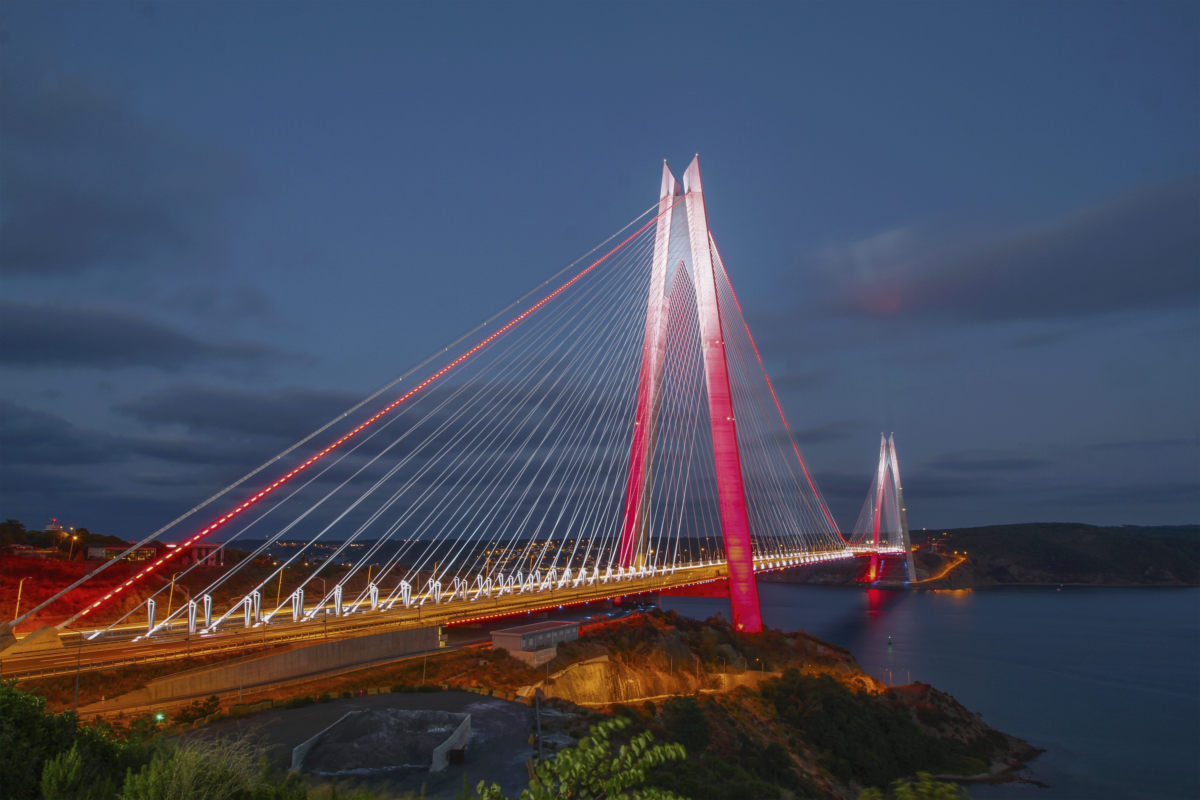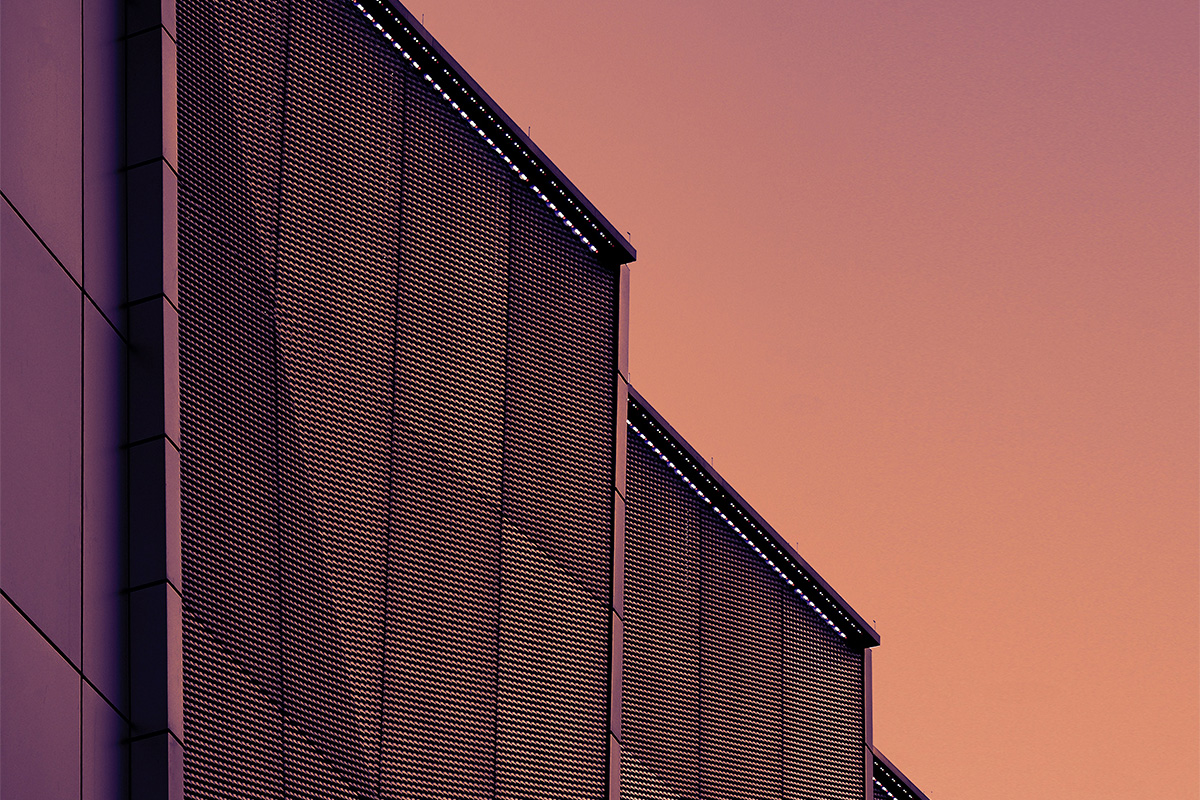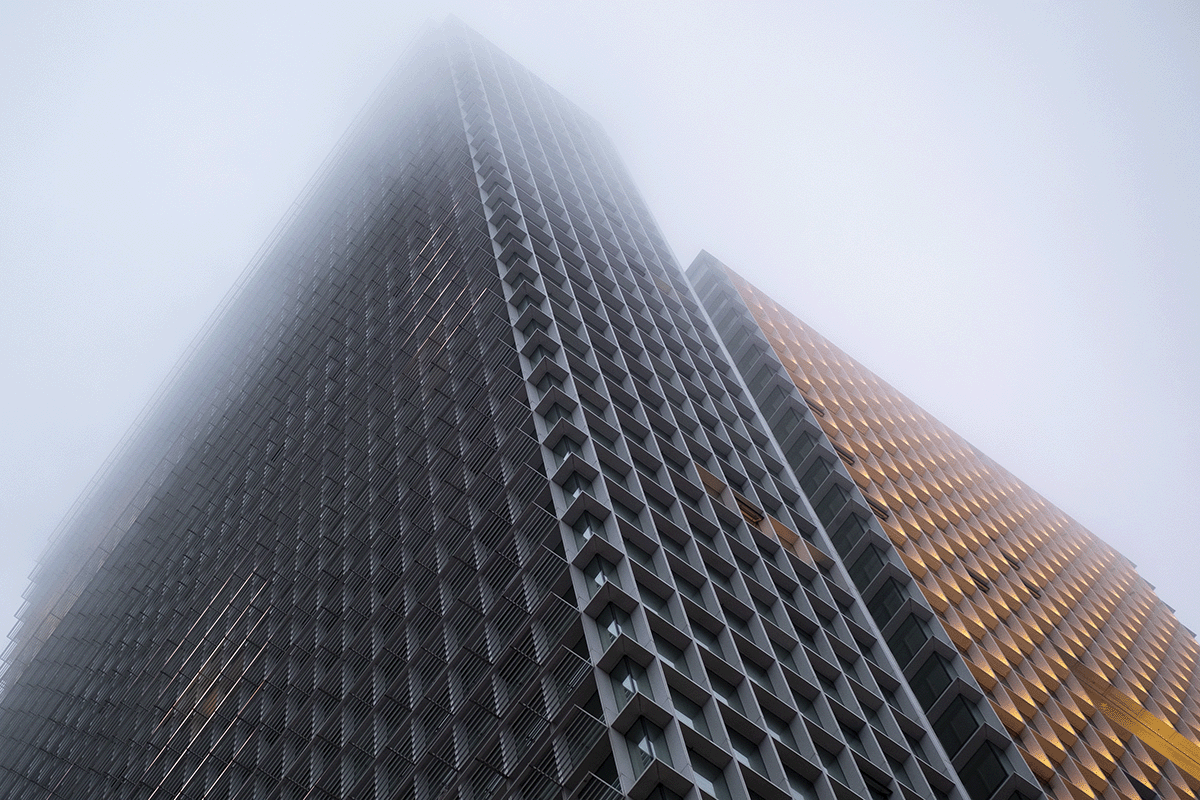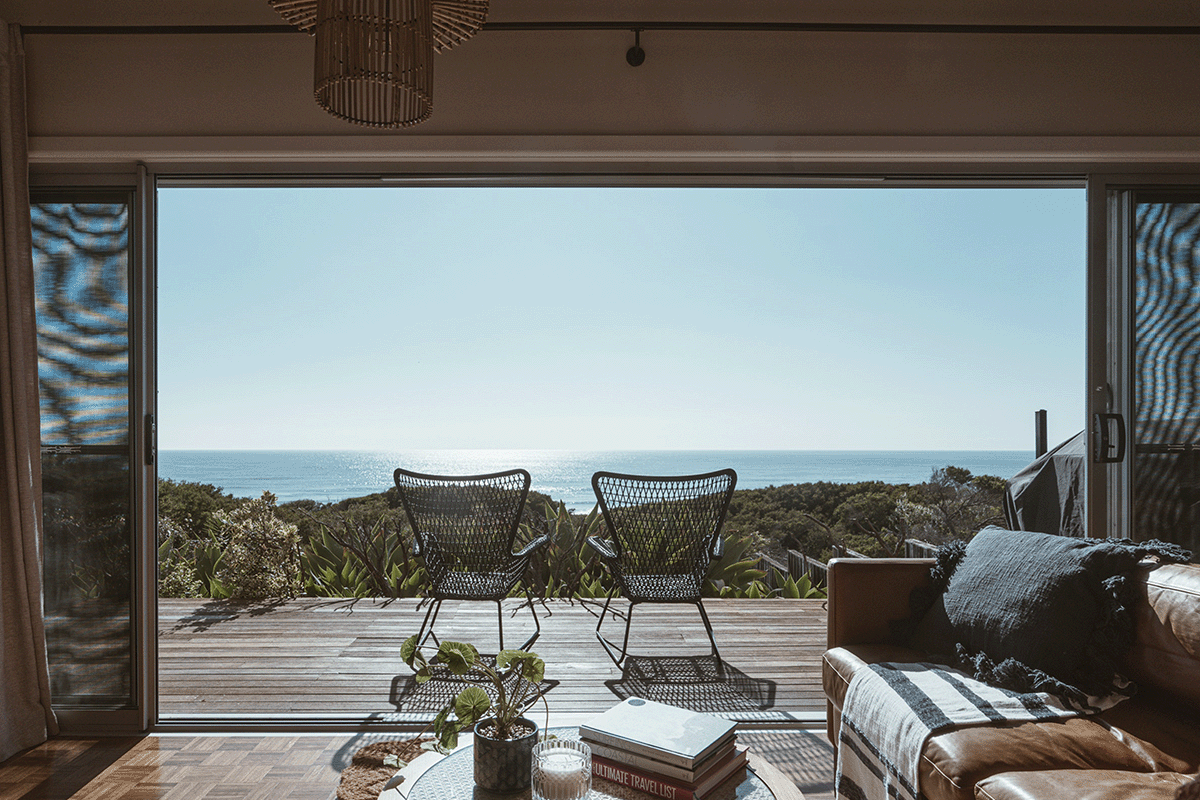Istanbul Continental Suspension Bridges
Introduction: Istanbul sparkles with its attractiveness in terms of the spectacular nature which has no borders, Istanbul has many amazing things to be differentiated such as; its view of three seas, its ancient history, its culture and its brilliance Islamic and Western civilization. It cannot be denied how much diversity there is in Istanbul from all aspects, especially as it is located between Europe and Asia, therefore, what distinguishes Istanbul more is the continental suspension bridges which connect the Asian side and the European side through many different types of transportations. (Link)
There is no street in Istanbul that does not worth to be photographed or to stand and to watch it. In the eyes of people around the world, Turkey means Istanbul, where there is a lot of facilities in all areas, in terms of movements in the city that happened through the continental suspension bridges of Istanbul which they are not just connect different parts of the city, but they have also become iconic landmarks and magnificent views that one need to discover.
The location of Istanbul has quite significance for trade and economic growth as all products arriving in Europe from Asia and the Middle East must pass through the city of Istanbul. Therefore, Istanbul is known as a fundamental city of turkey that it connects the European and Asian continents through the continental suspension bridges. Therefore the continental suspension bridges are controversially the most important thing in Istanbul.
The Bosphorus Bridge (15 July Martyrs Bridge):
The most recognized and known bridge in Istanbul is the Bosphorus Bridge which spanning the Bosphorus Strait, it is the oldest of his three hanged bridges in Europe and Asia that connect the two continents. It has been opened in 1973, the gravity-anchored steel suspension bridge stretches from Ortakoy in the European section to Uskudar in the Asian section.
Primarily designed as a pedestrian bridge with inclusive views of Istanbul, it was closed for pedestrians due to a high number of suicides. The Bosphorus Bridge was renamed “The Bridge of the 15th July Martyrs” after a failed coup attempt in July 2016, but for locals people it is still simply called his Boğaz Köprüsü on the Bosphorus Bridge.
Features of the Bosphorus Bridge (15 July Martyrs Bridge):
Besides that the Bosphorus Bridge is connecting the Asian and European sides, is one of Istanbul’s main tourist attractions which can pull tourists from all over the world every season. About 180,000 vehicles now cross the bridge every day. People pass under the mighty Bosphorus Bridge during a long cruise along the legendary Bosphorus to check out that special Bosphorus its cruise of its 90 minute tour with audio guide and top quality service.
Who built the Bosphorus Bridge (15 July Martyrs Bridge)?
After an accelerated necessity to build a bridge between the Asian and European sides, the Turkish Prime Minister Adnan Manders decided to build a suspension bridge in 1957 and he had an agreement with Freeman Fox to finalize the technical plans for the construction of the project.
How was the Bosphorus Bridge built (15 July Martyrs Bridge)?
Immediately after the decision to build the Bosphorus Bridge was made, a technical plan for the project was drafted by British engineers, the cornerstones were laid, and construction of the suspension bridge began in 1970. In addition that the Turkish company Inca for Contracting and Construction Works, in cooperation with foreign companies, undertook the task of building the Bosphorus Bridge overlooking the strait, which was completed in 1973.
Where is the Bosphorus Bridge located (15 July Martyrs Bridge)?
The Bosphorus Bridge is located over the Bosphorus Strait in Istanbul and is a bridge that connects the Sea of Marmara on one side and the Black Sea on the other side that dividing Istanbul into two parts, Europe and Asia hence the Bosphorus Bridge accesses between Asian and Europe continents.
The Second Bosphorus Bridge (Fatih Sultan Mehmet Bridge):
The Second Bosphorus Bridge is formally known as the Fatih Sultan Mehmet Bridge, it has been named after the Ottoman Sultan Mehmed, who conquered Constantinople. Although the bridge was built as his second bridge across the Bosphorus at the narrowest point of the strait (660 meters), a steel suspension bridge has connected his two banks in Europe and Asia since 1988.
Features and location of the Second Bosphorus Bridge (Fatih Sultan Mehmet Bridge):
The Second Bosphorus Bridge (Fatih Sultan Mehmet Bridge) extends from Hisarshutu on the European side to Khavajuk on the Asian side and about 40 meters wide, the road consists of eight lanes and two hard shoulders, with a length of 1,510 meters and a distance of 64 meters above sea level, it has been built to facilitate traffic, it is the same size as the first Bosporus Bridge besides that pedestrians cannot use the bridge.
When it had been inaugurated, it was the fifth longest hanged bridge in the world, with an extension of 1,090 metres (3,576 feet) with towers 107 metres (351 feet) high. Its construction was demanded 600,000 metres (1.96 million feet) of rock excavation and 140,000 cubic metres (4.9 million cubic feet) of concrete.
Same as the first bridge 15 July Martyrs Bridge over the Bosphorus, the Sultan’s Bridge was built to withstand the region’s frequent earthquakes. The extension of it, 3 metres (9.8 feet) thick and 39.4 metres (129 feet) wide, is made of steel and built precisely so that it can be flexible in case of seismic stress.
Generally, a great engineering work had been required to build it, Construction began on 4 December 1985, the first part of the bridge was completed on 17 September 1987, and work ended on 4 February 1988, it was finished 192 days ahead of its time.
Fatih Sultan Mehmet Bridge has four lanes for crossing traffic, there are two in each direction and an emergency lane in both directions. Therefore, the number of cars which are crossing the bridge probably around 150,000 vehicles traveling from one end to the other on any given day.
Who built the Second Bosphorus Bridge (Fatih Sultan Mehmet Bridge):
The bridge was designed by Freeman Fox and Partners and BOTEK Bosphorus Technical Consulting Corp, which already designed the Bosphorus Bridge. The construction work was achieved by an international consortium of three Japanese companies (including IHI Corporation and Mitsubishi Heavy Industries), one Italian company (Impregilo) and one Turkish company (STFA). The bridge was completed on his 3rd July 1988 and opened to traffic by Prime Minister Turgut Ozal who was the first to cross it with his car.
The Third Bosphorus Bridge (Yavuz Sultan Selim Bridge):
Yavuz Sultan Selim Bridge had been opened to traffic since 26 August 2016. It is named attributing to the Ottoman Sultan Selim the Resolute and was built to take long-distance traffic between the two continents Asian and Europe in a wide arc around the city.
The Yavuz Sultan Selim Bridge (Turkish: Yavuz Sultan Selim Köprysü), originally called the Third Bosphorus Bridge which is located between Garipçen in Sarıyer on the European side and Beykoz in Poyrazköy on the Asian side, is a railway and motor bridge across the Bosphorus.
Unlike the Fatih Sultan Mehmet Bridge and the 15 July Martyrs Bridge Bosphorus bridges, the Yavuz Sultan Selim Bridge has been distinguished because of the design for vehicles and rail vehicles as well as pedestrians. The Yavuz Sultan Selim Bridge was completed in 2016, it was built to carry long-distance traffic between the two continents in a wide arc around the city and it is one of the widest and longest suspension bridges in the world for rail and road traffic.
The bridge is a cable-stayed bridge fitted with two 326-meter-high pylons. The 58.5-meter-wide bridge consists of a double-track railway line and a motorway with eight lanes. The Yavuz Sultan Selim Bridge is 2164 meters long and the main span is 1408 meters, replacing the Tsing Ma Bridge in China as the longest suspension bridge in the world for rail and road traffic. It is not only the bridge with the highest bridge piers but it is also the widest suspension bridge with a single deck slab.
The Yavuz Sultan Selim Bridge is considered a progressing and highly technological structure. Again it is the new landmark of modernity which connecting Europe and Asia, it displays the spectacular sculptural engineering. The Yavuz Sultan Selim Bridge is a combination of a suspension and a cable stayed bridge. The bridge is such an astonishing piece not only as a structure functional for crossing the water and connecting the districts of Poyrazköy, on the Asian side, and Garipçe, on the European side, but also as an element representing a complex infrastructure system.
Conclusion:
The linkage between the European side and the Asian side through the suspension bridges achieved a magnificent success for the city of Istanbul, as it made it flourish and shine more. Therefore, the idea of building bridges between the Asian side and the European side is a very smart and miraculous idea, as it saved Istanbul from many economic, commercial and investment crises. The bridges must have been given the city a huge difference compared to the rest of the cities.
Although it is still under construction Istanbul has been distinguished by miracles throughout its history and still stands out in every way, Istanbul’s most important structure is the Continental Suspension Bridge. Continental bridges are quite important in Istanbul in terms of economy, tourism, trade, transportations and many other aspects. Without the continental bridges Istanbul would not had such a popularity, great trade and a booming economy.

